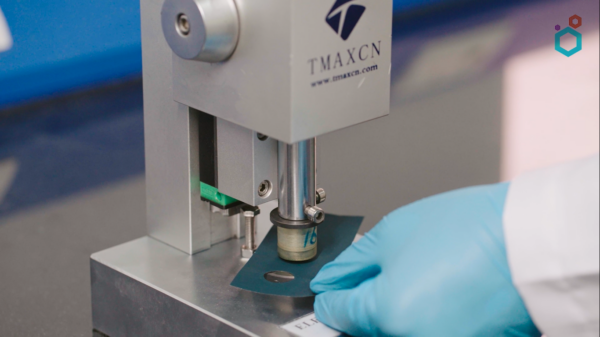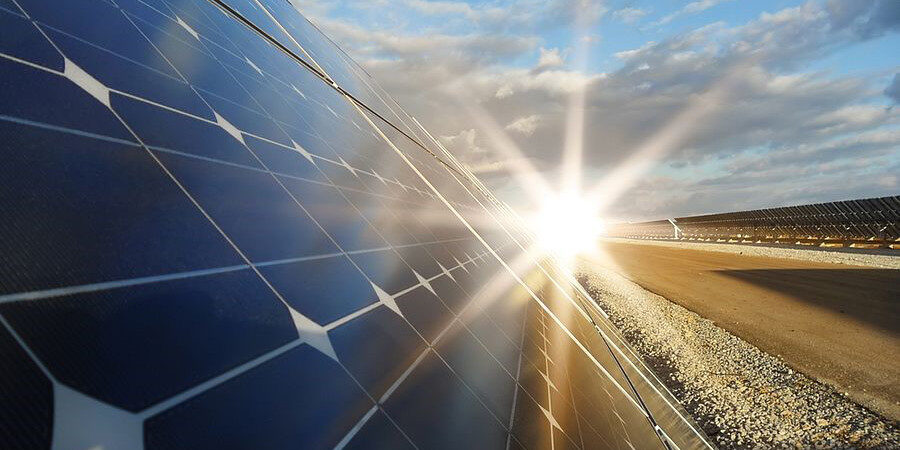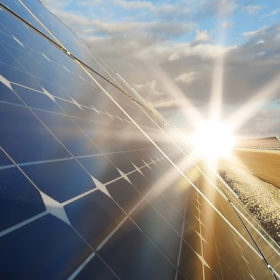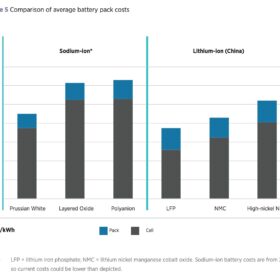pv magazine: What role do you see for sodium-ion batteries in the world’s transition to clean energy?
Sodium-ion batteries are a promising alternative to lithium-ion batteries primarily due to their abundant raw materials. Sodium is abundant in nature, whereas lithium is scarce, with supply chains that are vulnerable to price volatility and geopolitical constraints.
Cathode material currently accounts for as high as 50% of the total cost in a battery cell, and sodium-based cathode material, such as Macsen’s Prussian White, is approximately one-tenth the price of lithium-based cathode materials such as lithium iron phosphate (LFP) and without the geographical constraints that come with lithium sourcing.
Sodium-ion batteries use aluminium as a current collector in place of copper, which further decreases their cost.
Together, these factors make sodium-ion batteries a scalable and cost-effective solution, particularly well-suited for stationary energy storage — positioning them to play a significant role in enabling cleaner and more resilient energy systems.
Besides the cost-effectiveness, compared to lithium-ion batteries, sodium-Ion batteries offer certain advantages, particularly in colder climates.
The current market is dominated by Lithium-ion batteries across various applications, but lithium extractions and refining still account for a huge cost in the battery value chain.
Sodium-ion batteries show strong potential for stationary energy storage, solar-powered battery systems, and consumer electronics. As far as e-mobility is concerned, it can be a good candidate for short to medium range EVs like rickshaws, E-bikes, and public transport. Prussian White has an energy density comparable to LFP and can serve as a replacement to LFP in many applications.
Additionally, sodium-ion batteries are well-suited for industrial vehicles such as forklifts, loaders, and lifters used in warehousing operations. A key advantage is that they can be transported in a fully discharged state, making them inherently safer than lithium-ion batteries, which degrade if fully discharged.
What key challenges need to be addressed for sodium-ion batteries to become mainstream?
Theoretically, everything is in place. It is cheaper, it solves all supply chain issues, and it can be easily plugged into existing lithium-ion battery manufacturing infrastructure. But now it has to be executed, and I would say this execution is a key challenge.
It’s not just about proving the chemistry works; that’s largely known, it’s about delivering consistent performance, scalability, and cost advantages at a commercial level. If the technology is executed properly and lives up to its promise, there’s really nothing stopping sodium-ion from becoming mainstream.
Sodium-ion batteries have shown capability to match the energy density of lithium-ion batteries made using LFP cathode. If we speak of prussian white, it has practically demonstrated the energy density equivalent to LFP with excellent cyclability. The energy density of lithium-ion versions like NMC has not been successfully matched by sodium-ion cathode materials. But definitely, there is a possibility to match or even exceed it in the near future through the invention of new sodium-ion cathode materials.
Tell us about Macsen’s journey from a pharmaceutical-focused chemical company to developing battery-grade materials. What key milestones have you achieved?
At our core, we are still a chemical manufacturing company and our primary products go into the pharmaceutical industry.
But when we came across Prussian White, we just ran a simple synthesis in our lab, just out of scientific curiosity. And then we went on to test the theory, and we built a pouch cell manually without using any specialized equipment. That pouch cell lit an LED, which was the first milestone. It may sound small, but it did give us the confidence to pursue this more seriously.
After establishing our battery R&D lab, we successfully synthesized an air-stable, highly crystalline Prussian White cathode material. We believe the low-cost and high-performance Prussian White cathode material developed by us is a big piece of the puzzle. This represents one of the highest-quality cathode materials to date, delivering energy density on par with the best available from any manufacturer.
After further optimizations on coin cells, we have achieved a capacity of 150 mAh/g.

What we learnt from this journey is that the chemical purity is not the only factor to develop a suitable material for battery application, but there are a lot of other parameters, such as physical characteristics, crystalline form, and surface engineering, which matter a lot in the electrochemical performance of a battery. Some of the key processing methods, for example drying, play a very crucial role, and even minor modifications can have a drastic effect on the performance.
We have achieved an excellent battery-grade Prussian White cathode material which demonstrates high energy density, and most importantly excellent cyclability with coulombic efficiency above 99.9%.
So, as far as battery material is concerned, we are ready to enter the market. Material optimization is a continuous process, and we will continue doing it. Solving for the cathode material is a big part of this system, so I think Macsen is definitely headed for more positive milestones in our journey ahead.
Why is Macsen using lithium-ion electrolytes for sodium-ion batteries?
A battery is a cocktail of many other components. One thing we’re doing differently is that we’re not chasing specialized electrolytes made specifically for sodium-ion batteries. In our view, these may pose IP risks down the line and could introduce scalability issues. Instead, we’re focusing on tested and proven electrolyte systems from lithium-ion battery technology as we believe the working principles here are the same.
There are no issues in scaling both Prussian White as cathode material and Hard Carbon as anode material. There are no structural barriers to scaling them to GWh capacities. Our aim here is not to create IPs and patents, but to build a solution that scales.
How close are you to commercialization?
In terms of commercialization, we know there are companies in Europe and China working on scaling sodium-ion battery manufacturing. But what sets us apart is that our manufacturing is based in India, which gives us a significant cost advantage, and our synthesis route does not rely on any raw materials from China. In chemical manufacturing, both of these factors can make a major difference. Our focus is on cost-effectiveness and material quality and we believe these will be our key differentiators as we move toward commercial deployment.
Looking ahead, what role will Macsen be playing in the sodium-ion battery value chain? Do you plan partnerships or investments to scale?
We believe in the technology we have built so far. Prussian white, as a cathode material, as per the work we have done, stands to fulfill all the expectations from sodium-ion batteries. Our vision is to see this technology commercialized on a bigger scale.
We are now ready with a cathode material that can be used for sodium-ion batteries, but its scale-up will depend on demand from other battery manufacturers. We are open to exploring partnerships or collaborations with other companies in this space that wish to develop sodium-ion batteries using Prussian White as a cathode material.
We are also in the process of establishing a pilot line by 2026, which is the first major step we are taking towards building a long-term capability in this space.
In our R&D, we are currently working on developing hard carbon as an anode material and we are also exploring other potential cathode materials. Our team is currently working on a coin cell level and with the cell fabrication pilot plant, we are aiming to take it to a larger form factor.
Our plan is to also be able to offer complete cell technology to battery manufacturers. Not just the anode and cathode, we will be able to share the entire recipe to the manufacturers which we think will further enable large-scale commercialization of this technology.
This content is protected by copyright and may not be reused. If you want to cooperate with us and would like to reuse some of our content, please contact: editors@pv-magazine.com.









1 comment
By submitting this form you agree to pv magazine using your data for the purposes of publishing your comment.
Your personal data will only be disclosed or otherwise transmitted to third parties for the purposes of spam filtering or if this is necessary for technical maintenance of the website. Any other transfer to third parties will not take place unless this is justified on the basis of applicable data protection regulations or if pv magazine is legally obliged to do so.
You may revoke this consent at any time with effect for the future, in which case your personal data will be deleted immediately. Otherwise, your data will be deleted if pv magazine has processed your request or the purpose of data storage is fulfilled.
Further information on data privacy can be found in our Data Protection Policy.